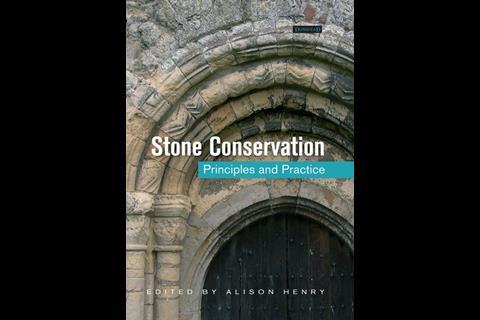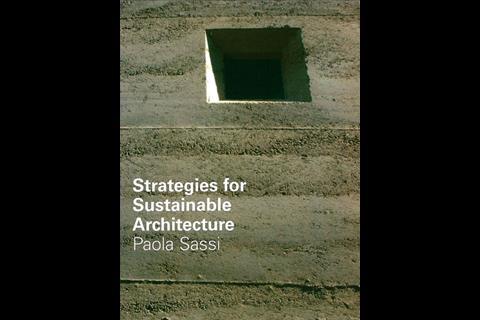Max Fordham reviews the winner, runners-up and the shortlisted books in this year’s international book award for construction – won by an erudite but immensely readable book on stone conservation.
Stone Conservation: Principles and Practice, a highly informative yet wonderfully readable guide has won this year’s international book award for construction. Two more books were chosen as runners-up and a further three were shortlisted.
On Wednesday, Donhead Books, its publisher, was presented with a plaque and Alison Henry, the editor, was given a £1,000 cheque at a ceremony at the Naval and Military Club in the West End. The award was sponsored by Sir Robert McAlpine, organised by the RIBA and supported by Building.
Max Fordham, the environmental engineer was the chair of a judging panel that also included architect Will Alsop, architectural historian Alan Powers, architecture professor Jeremy Till, and RIBA communications manager Liz Walder.
He summed up their deliberations in the following way: “All of us with a vocation in building rely on information that stimulates our interest and increases our knowledge, but we should be wary about stodgy and repetitive books, written by committees or people without enthusiasm for the topic. We expect codes of practice to be like this, but they are not going to win awards for readability. A good text book should and can be written with enthusiasm.”
With that in mind, we asked Fordham to tell us what the judges liked about the books that made the shortlist. Here’s what he had to say ...
Winner of the 2007 Sir Robert McAlpine International
Stone Conservation: Principles and Practice, edited by Alison Henry
Price £42, Donhead
This book won this year’s award because it deals with a specialist subject in a readable way, without patronising non-experts. It fits the brief, is technical and, above all, has a passion for the topic that shines through in 14 pieces of writing by different authors.
The book shows how important it is to understand the nature of a material. Stone is complicated in its porosity and its reaction to water, air and plant life. Jointing materials and techniques also need to be considered, as does the question of how modern chemistry relates to tried-and-tested processes. All these topics and more are discussed in a relevant and detailed way.
This book demonstrates that technical information can be comprehensible and fun to read. Other building materials are crying out for a similar examination.
Runners-up
Infrastructure: A Book of Everything for the Industrial Landscape, by Brian Hayes
£19.99, WW Norton & Company
There is more to construction than buildings and this book demonstrates this through pictures of beautiful artefacts from around the world, with explanations of the way they work and what they do. The difference between art and craft, and designed and evolved work is touched on, but what is most evident in the explanations is the joy the author takes in engineering and the details of how the objects actually work.
Smart Materials in Architecture: Interior Architecture and Design, by Axel Ritter
£52.90, Birkhäuser Verlag
Leave your scepticism behind and dip into this book to have your imagination stimulated by modern technology. This is science as magic. To make things work, you have to understand science, but first you need an idea. Here are many.
Award shortlist
Strategies for Sustainable Architecture, by Paola Sassi
£42, Taylor & Francis
Strategies for Sustainable Architecture is a splendid review of what can be done to achieve sustainability, but it finishes without a strategy to guide us. Like many of its genre, it is enthusiastic but has too little analysis to lead to the solutions we need.
The Green Building Bible [Two Volumes], edited by Richard Nichols and Keith Hall
£19.90, Green Building Press
This pair of green building bibles would have done better without volume one, which is nothing more than a series of pieces by enthusiastic advocates who believe they have the answers to all sustainability problems. Volume two is a fantastic, clear review of the basic technological consensus about sustainable construction. As an enthusiast myself, I distrust some of the conclusions, but I admire their exposition.
Building Renaissance Venice: Patrons, Architects and Builders, by Richard J Goy
£35, Yale University Press
This book gets off to a good start – lots of historical research and photographs. What lets it down is the lack of construction. The site of the entire city lay under water in a lagoon. So how exactly was it built? We’re not really told here.

























![The Green Building Bible [Two Volumes], edited by Richard Nichols and Keith Hall](https://d3sux4fmh2nu8u.cloudfront.net/Pictures/480x320fitpad[0]/3/2/5/1584325_Green_building_bible_Vol_1.jpg)





No comments yet